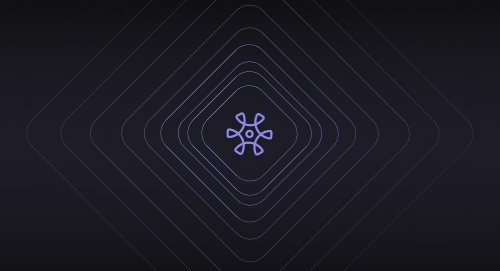Nonprofit Analytics means designing feedback workflows that stay accurate, connected, and analysis-ready from day one—turning program data into decisions your team can act on weekly, not quarterly.
For years, nonprofits have been told to "become more data-driven," yet the tools they use—scattered surveys, CRMs with drifting fields, and spreadsheets that multiply like weeds—make that promise impossible. By the time data is cleaned enough for analysis, the program has already moved forward, leaving teams to make decisions in the dark.
The real problem isn't a lack of dashboards or fancy visualizations. It's fragmented inputs. When participant IDs don't match across systems, when qualitative feedback sits locked in PDFs, and when 80% of your team's time goes to manual cleanup instead of learning, you're not doing analytics—you're doing damage control.
Sopact Sense eliminates this fragmentation at the source. It centralizes every data point with unique IDs, integrates qualitative narratives with quantitative metrics in real time, and compresses months-long analysis cycles into minutes. The result isn't just faster reporting—it's a fundamentally different relationship with your data, one where insights arrive when they can still change outcomes.
This shift matters now more than ever. Funders expect real-time accountability. Programs move too fast for annual evaluations. And your team shouldn't spend weeks preparing evidence that arrives after the decision window has closed.
★ By the end of this article, you'll learn:
How to design feedback systems that keep participant data clean, centralized, and comparable across every program touchpoint—without manual deduplication or fragmented spreadsheets.
How to integrate qualitative narratives with quantitative metrics in the same workflow, so you understand both what changed and why it changed—instantly and continuously.
How to shorten analysis cycles from months to minutes using Sopact's Intelligent Suite (Cell, Row, Column, Grid) that transforms open-ended feedback into measurable patterns.
How to implement a 30-day analytics cadence that closes feedback loops before programs drift—enabling weekly adjustments instead of annual course corrections.
How to make stakeholder stories measurable and auditable, turning "soft" qualitative evidence into hard, reusable insights that satisfy both program teams and funders.






